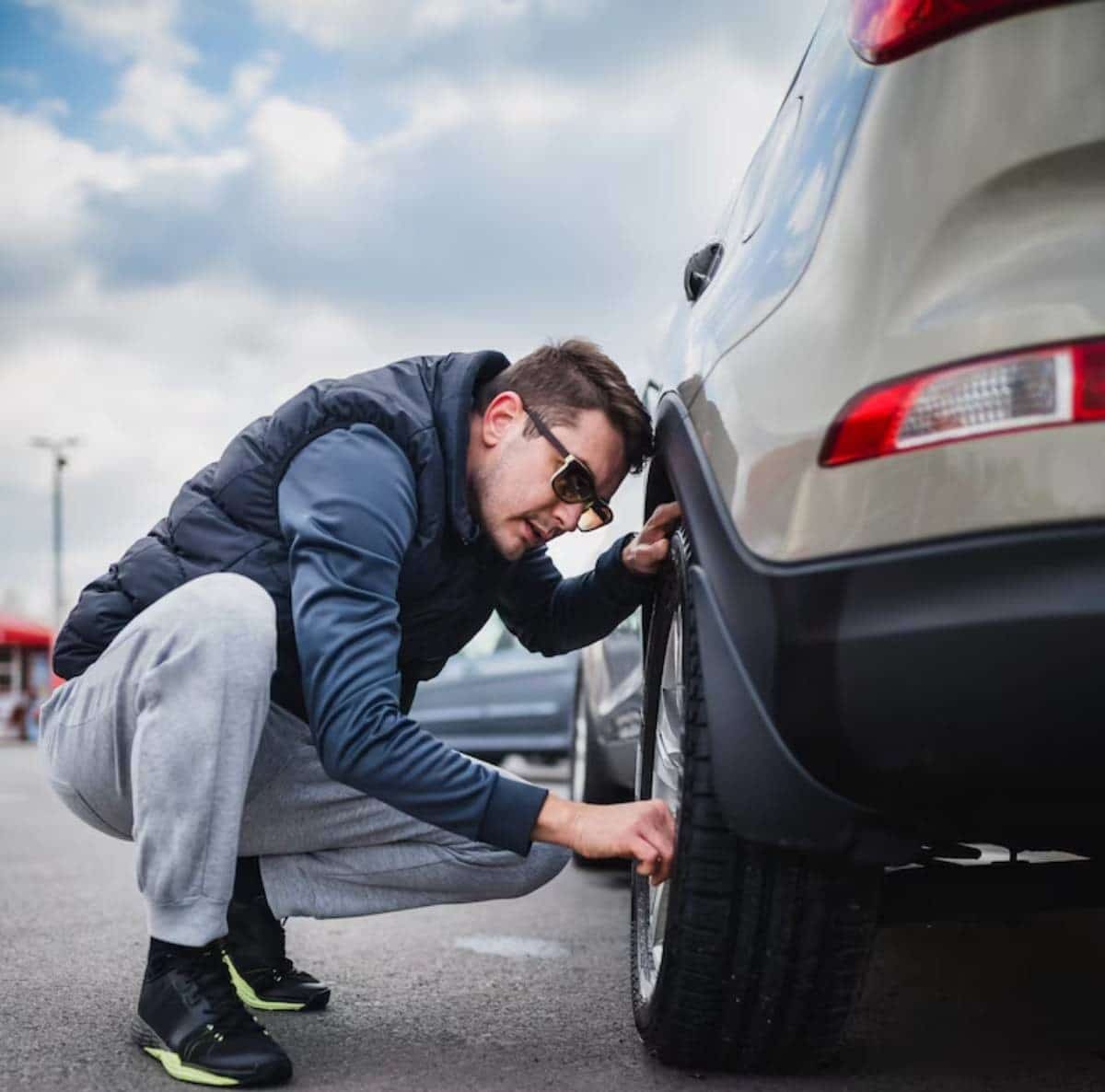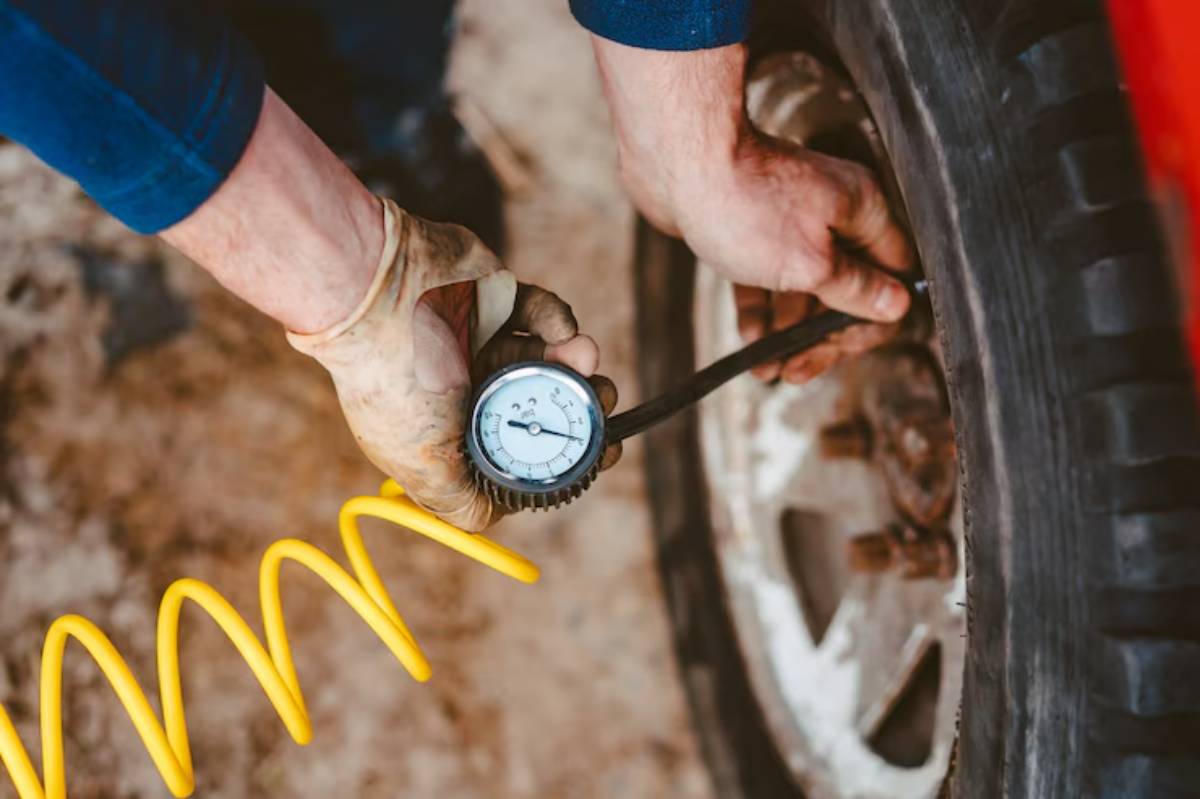
Airing Down: Why It Matters and How to Do It
One of the simplest yet most powerful techniques in off-roading doesn’t require expensive gear or major modifications—it’s airing down your tyres. Reducing tyre pressure before hitting the trail improves grip, ride comfort, and vehicle control across almost every surface.
But like most things in the off-road world, knowing when and how to deflate makes all the difference. In this guide, we’ll explore the science behind tyre deflation off-road, how to air down for different conditions, and what tools you’ll need to do it safely and effectively.
Whether you’re driving on sand, rocks, or muddy tracks, learning to manage your tyre PSI for 4×4 traction can transform your experience—and keep you from getting stuck.
What Does “Airing Down” Really Mean?
Airing down refers to the process of reducing the air pressure in your tyres before driving off-road. It increases the contact patch—the amount of tyre surface touching the ground—which enhances grip, absorbs bumps, and improves flotation on soft terrain.
Lower pressure allows the tyre to flex and mould to obstacles, making your ride smoother and more capable.
Why Tyre Deflation Improves Traction
Tyres are designed to run firm on tarmac but flexible off-road. When you reduce pressure, tyres become softer and squishier, allowing them.
- Conform to rocks, ruts, and uneven surfaces
- Spread weight across more ground
- Reduce wheel spin and improve forward motion
This is especially critical when navigating sand, mud, or loose gravel. Lower pressure gives your vehicle a “float” effect instead of digging in and bogging down.
When Should You Air Down?
Not every trail requires tyre deflation, but most off-road surfaces benefit from it.
Ideal Conditions for Airing Down:
- Sand: Prevents sinking and increases flotation
- Mud: Creates a wider footprint for grip
- Rocks: Enhances tyre flex and control
- Gravel or corrugations: Reduces vibration and harshness
You should always air down before entering a trail and air back up before returning to sealed roads.
For a broader look at tyre and terrain compatibility, read our complete off-road tyre guide.
How Low Should You Go? Understanding Tyre PSI for 4×4
The right pressure depends on your vehicle, load, and terrain. Here’s a rough guide:
| Terrain | Recommended PSI (Cold) |
| Sand | 12–18 PSI |
| Mud | 18–22 PSI |
| Rocks | 15–20 PSI |
| Gravel Roads | 26–28 PSI |
Important Variables:
- Vehicle weight: Heavier rigs need slightly higher PSI to avoid sidewall damage
- Tyre construction: Load range and ply rating affect how low you can go
- Rim size: Smaller sidewalls (e.g. 20” rims) don’t tolerate low pressure well
Always deflate gradually and check pressure regularly. Going too low can risk de-beading—a situation where the tyre slips off the rim.
Tools for Airing Down and Up Again
Deflating by hand works, but having the right gear saves time and ensures accuracy.
Essential Tools:

- Tyre pressure gauge: Digital or dial, reads down to low PSI
- Tyre deflators: Pre-set or manual types
- Air compressor: 12V models connect to your battery or accessory port
- Valve core tool: Speeds up deflation (for experienced users)
Airing down should take 5–10 minutes. Re-inflating takes longer, so budget time for both ends of your trip.
How to Air Down for Traction Safely
- Park on level ground before the trail
- Use tyre deflators on all four tyres simultaneously
- Check pressure using a gauge
- Adjust to match the terrain ahead
- Drive carefully—handling will change
After your trail run, air up as soon as possible to avoid heat build-up and sidewall wear on paved roads. Running low pressure on the highway is dangerous.
The Impact on Ride Quality and Control
Once aired down, you’ll likely notice

- Smoother ride: Tyres absorb vibrations and bumps
- Less bouncing: Especially on rocky or corrugated roads
- Improved traction: Reduced need for throttle or momentum
- Better articulation: Tyres flex independently, helping maintain contact
If your rig feels “floaty,” check your PSI—too low can reduce steering precision.
Common Mistakes When Airing Down
Mistakes can damage tyres or create safety hazards.
Avoid these
- Forgetting to reinflate before highway driving
- Dropping PSI too low for your tyre’s sidewall or load
- Ignoring heat build-up during long drives
- Deflating unevenly across all four tyres
Build a habit of checking PSI with a gauge, not just by feel.
Real-World Trail Experience
On a recent overland route through Wales, a team driving through a beach section reduced their pressure to 15 PSI. The result? Smooth sailing where others had bogged down.
In contrast, one driver on a rocky trail in Yorkshire failed to air down and cracked a rim after bouncing over sharp terrain. Lesson learned: deflation isn’t optional for traction and safety—it’s essential.
Conclusion: Small Adjustment, Big Impact
Learning to air down correctly is one of the most effective skills you can develop as a 4×4 driver. It’s fast, free, and can save your trip.
Whether you’re tackling dunes, crawling boulders, or absorbing corrugations, managing your tyre PSI for 4×4 gives you more control, more comfort, and far fewer headaches.
Before your next trip, take five minutes to drop the pressure—and gain a whole new level of performance.
To make sure you’re ready for longer hauls, check out our full post on spare tyre setup for long-distance off-roading.


